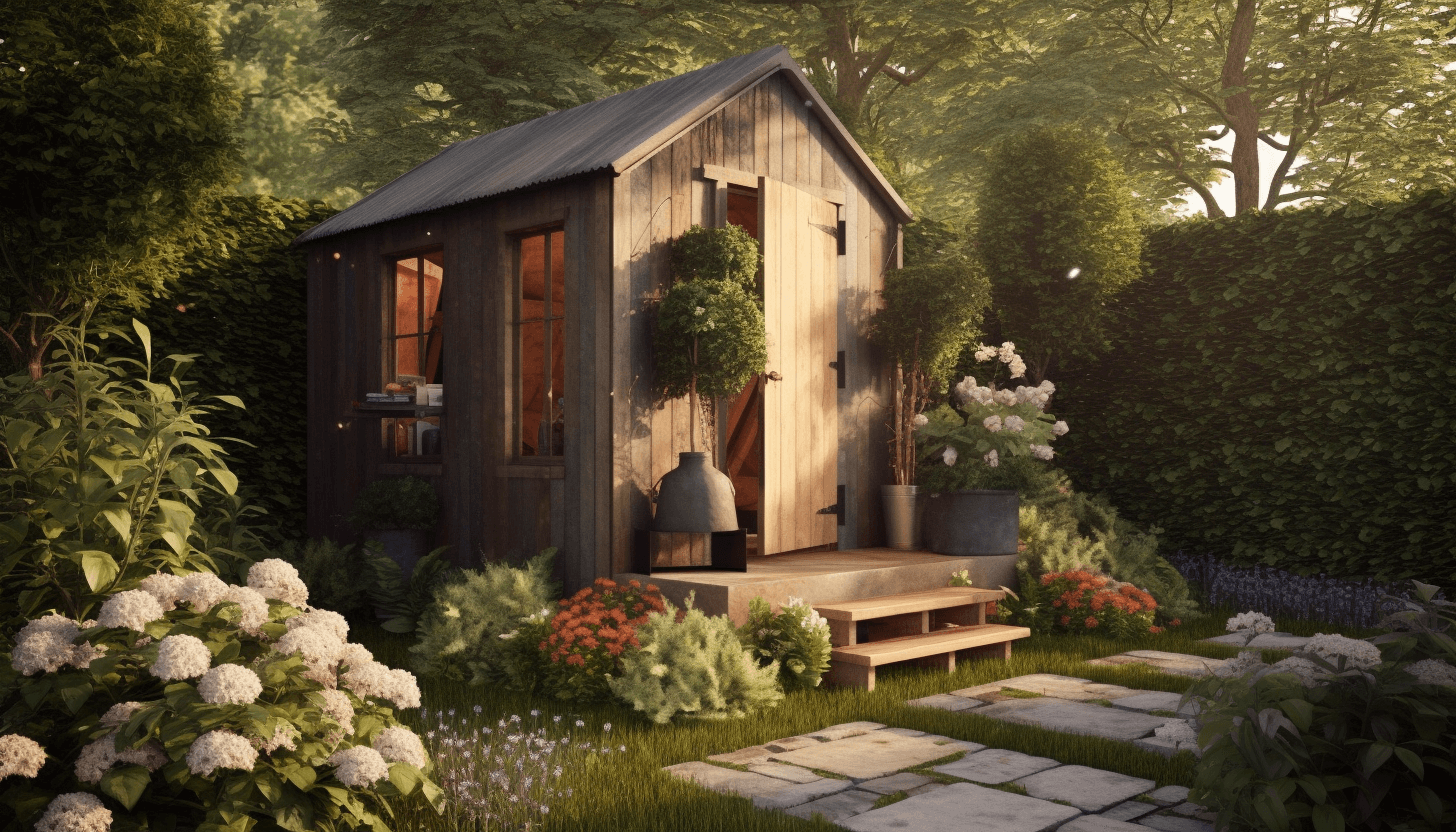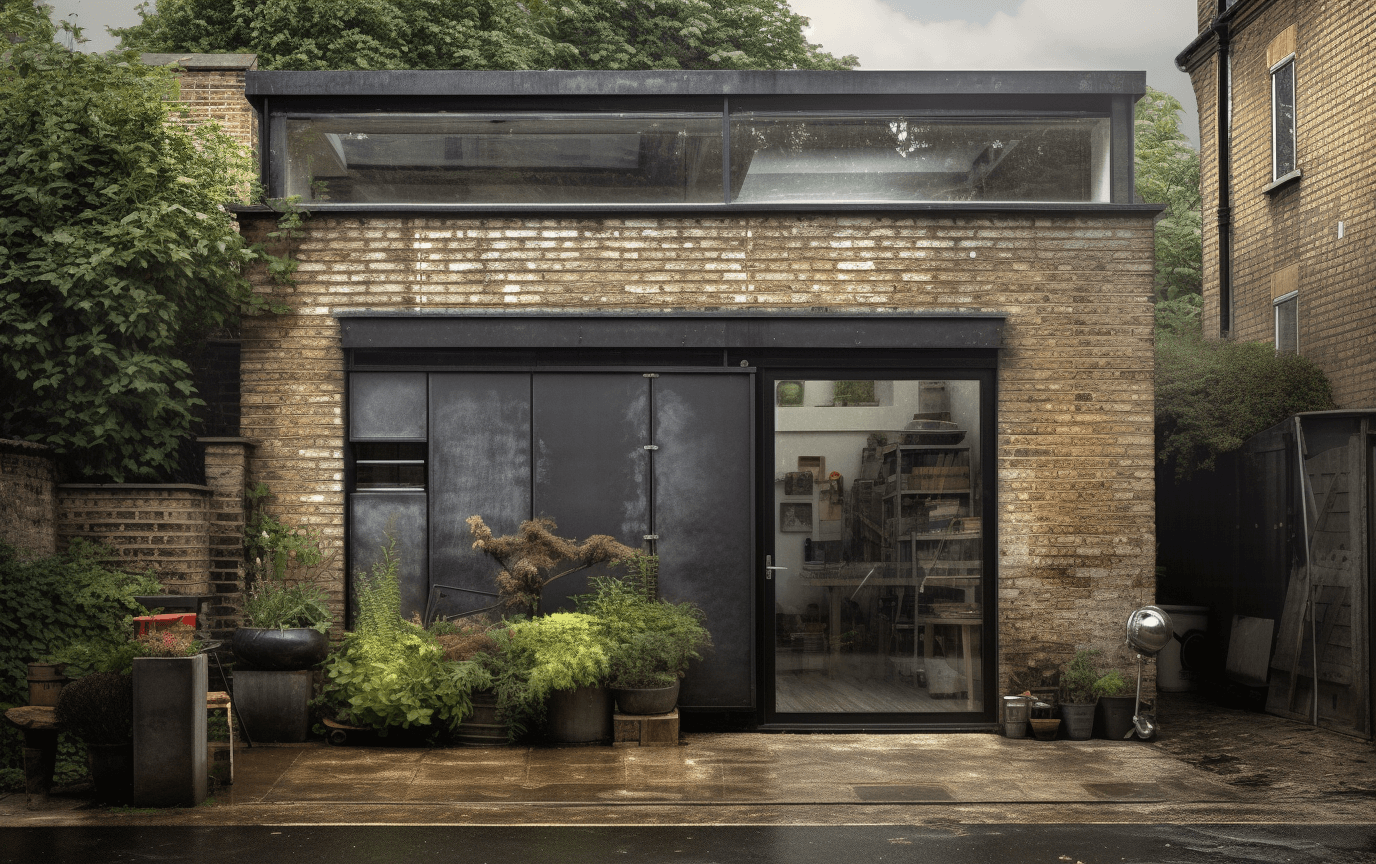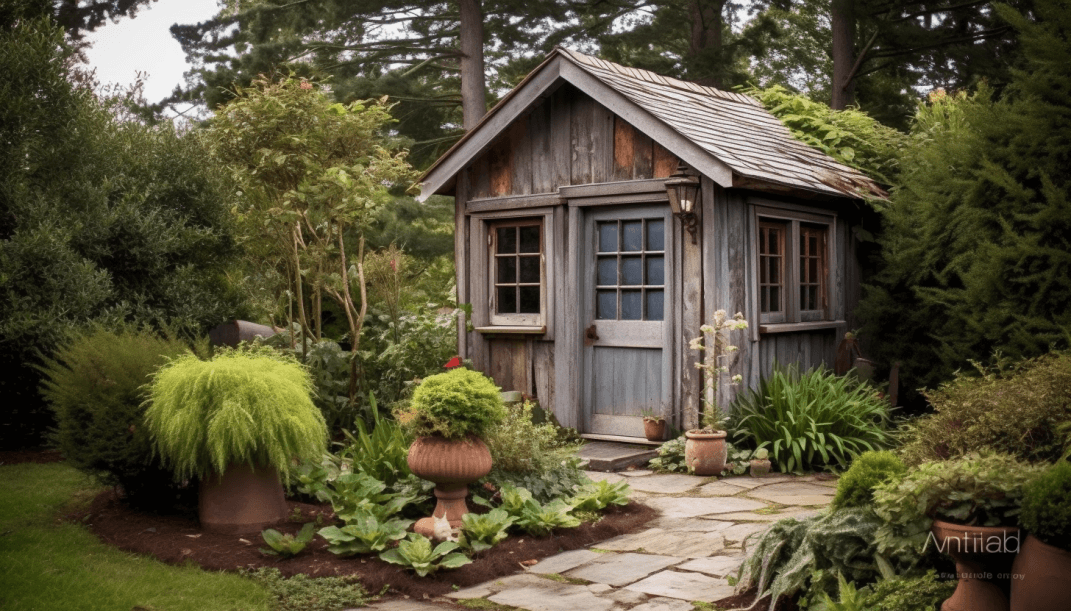
If you’ve been dreaming about expanding your property with an outbuilding, you might be asking yourself how big can it actually be without needing planning permission. Before we dive into this, let’s clarify what an outbuilding is – it could be anything from a garden shed, greenhouse, or summerhouse, to a fully functional office fit out. So let’s get started!
Understanding Outbuilding Rules
In the UK, outbuilding development is generally considered to be permitted development. This means that you usually do not need to apply for planning permission. However, there are limits and conditions that must be followed.
Outbuilding Size Without Planning Permission

The maximum area to be covered by outbuildings that are positioned more than 20 metres from any wall of the original house is limited to 10 square metres. If the building is closer, the maximum area is up to 50% of the total area of land around the original house. It should also be single-storey, with a maximum eaves height of 2.5 metres and a maximum overall height of 4 metres for a dual-pitched roof, or 3 metres for other types.
Important Considerations
- Outbuildings must be used for purposes incidental to the enjoyment of the dwelling house.
- Verandas, balconies or raised platforms are not permitted development.
- Outbuildings must not include sleeping accommodation.
- Outbuildings within the grounds of a listed building will require planning permission.
- You must seek specific planning permission for any house clearance or if the proposed building will obstruct a public right of way.
Choosing the Right Contractors
Once you’ve figured out your size restrictions and planning permissions, the next step is to choose the right contractors to bring your outbuilding dream to life. Whether it’s an office fit-out, or you’re planning a garden shed, hiring the right team can make all the difference.
The Role of Scaffolding
Even for small-scale projects like outbuildings, scaffolding plays an integral part. It not only ensures safety but also facilitates the smooth execution of the construction process. Ensure that your chosen contractor has the right scaffolding arrangements to make your project seamless.
In conclusion, it’s important to adhere to the guidelines set out for outbuilding sizes. This will help avoid any issues with planning permission, making the construction process smoother. Always remember, when in doubt, it’s best to consult with your local council.

1. What is considered an outbuilding?
An outbuilding refers to any separate structure from the main house. It can be anything from a garden shed, garage, summerhouse, or even a fully functional office fit-out.
2. Do I always need planning permission for an outbuilding?
No, you don’t always need planning permission for an outbuilding in the UK. However, certain size and use conditions must be met for it to be considered permitted development.
3. What are the size limits for an outbuilding without planning permission?
Generally, the total area of the outbuilding must not exceed 50% of the total area of land around the original house if it is closer than 20 metres. If the outbuilding is positioned more than 20 metres from the original house, it can’t be more than 10 square metres.
4. Can my outbuilding be used as a living space?
No, under permitted development rights, outbuildings must not include sleeping accommodations.
5. I have a listed building. Can I still build an outbuilding?
If you’re planning an outbuilding within the grounds of a listed building, you will require planning permission, regardless of size.
